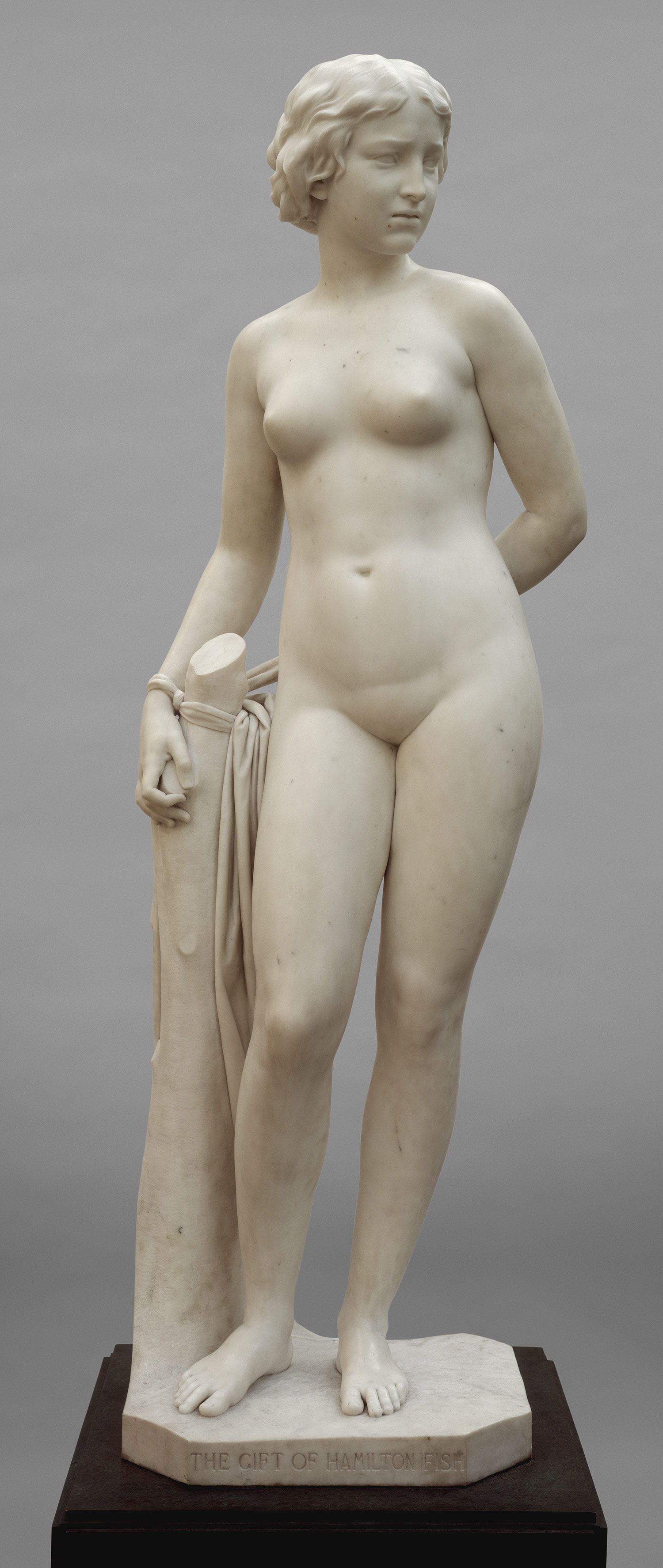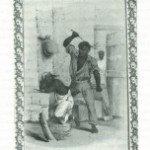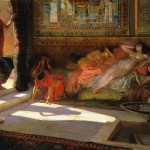
I’m still working up to reviewing Donna Dennis’ Licentious Gotham: Erotic Publishing and its Prosecution in Nineteenth-Century New York (Harvard University Press, 2009), but I want to post something on a sculpture mentioned in the book called The White Captive by Erastus Dow Palmer.
It portrays a youthful female figure who has been abducted from her sleep and held captive by savage Indians. Hands bound, and stripped of a nightgown hanging from a tree trunk, she turns her head away from the terror, and clenches her left fist, in defiance of imminent harm. Palmer avoided the often cold appearance of Italianate Neoclassical sculpture, in part by using for his model a local girl. He was particularly commended for his use of a “thoroughly American” subject that makes a conscious allusion to the endless skirmishes between Native Americans and white pioneers. It is these naturalistic and individualizing qualities that have, down through the years, earned such praise for Palmer’s sculpture.
According to this article, it was based on Hiram Power’s Greek Slave (previously discussed). True or not, there are definitely similarities in composition and posture. The main difference is that in The White Captive, the woman has her left arm behind her body, fist clenched in defiance. Like Power’s work, this was publicly exhibited to men, women and children.
What’s interesting here is that two different artists used a very similar image, a nude woman in distress, to address two different conflicts, i.e. Greece’s rebellion against Turkey and the various battles between Americans and First Nations peoples in the West. The latter conflict was also reflected in the captivity narrative genre. These, in turn, are related to the “held captive by Catholics” stories: virtue in distress from a threatening Other population.
As discussed previously, this kind of imagery is used in a wide variety of contexts and to refer to a wide variety of real-world conflicts. It is thus hardly surprising that these images percolated through the collective subconscious, via the Anna Freud process described earlier.




Sorry, the comment form is closed at this time.